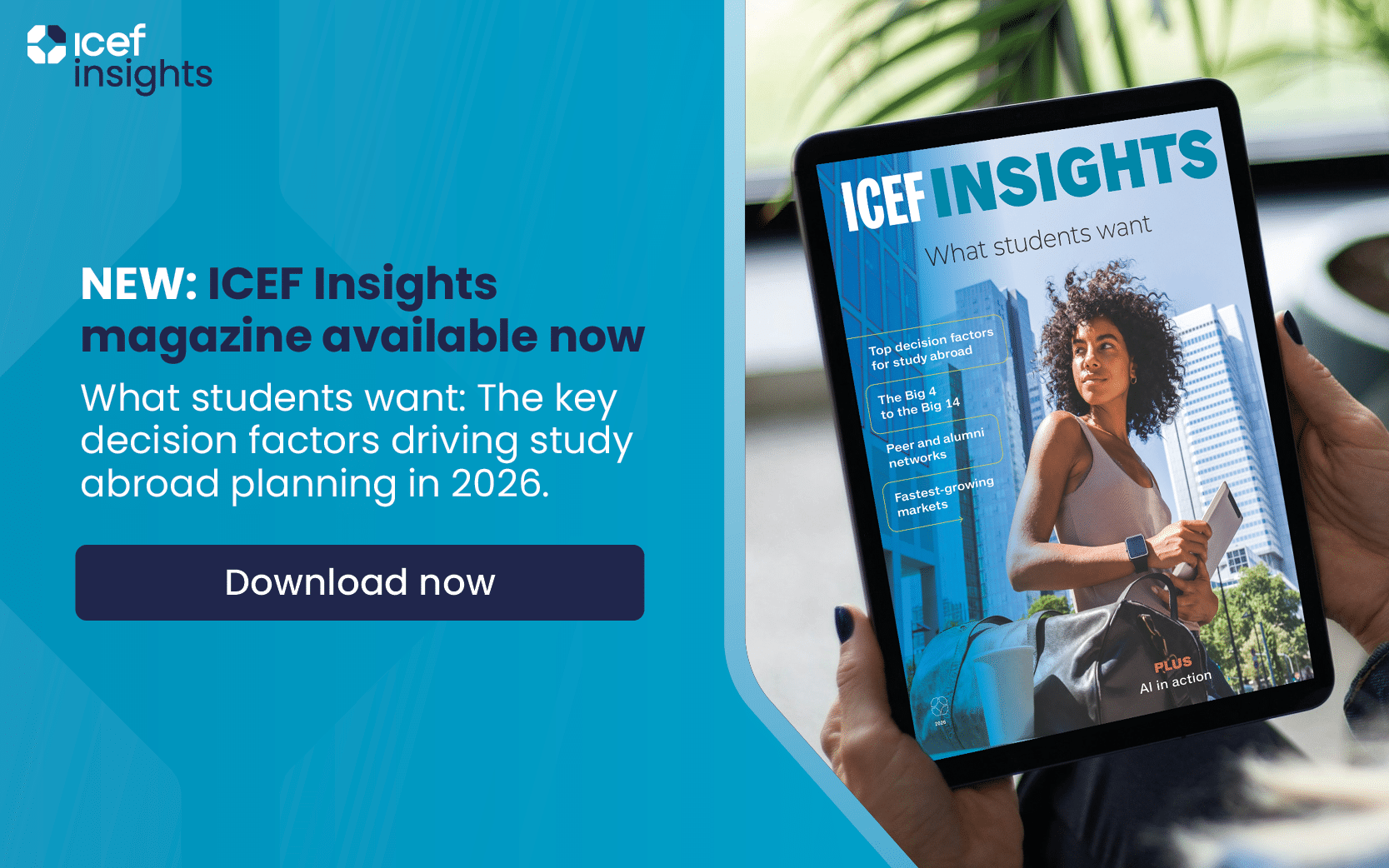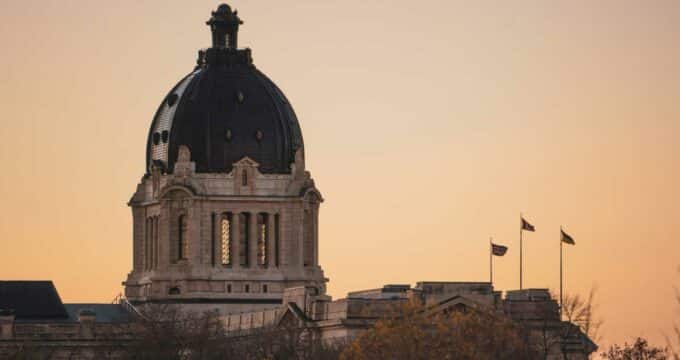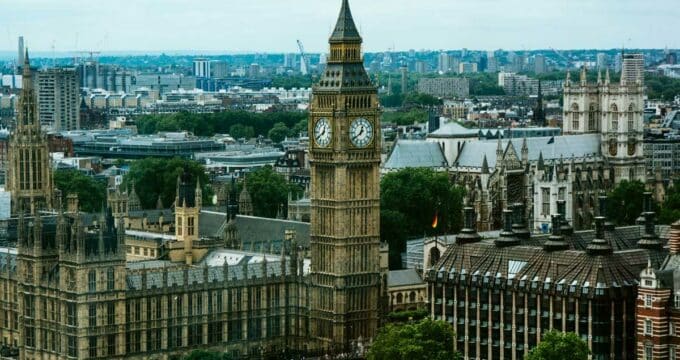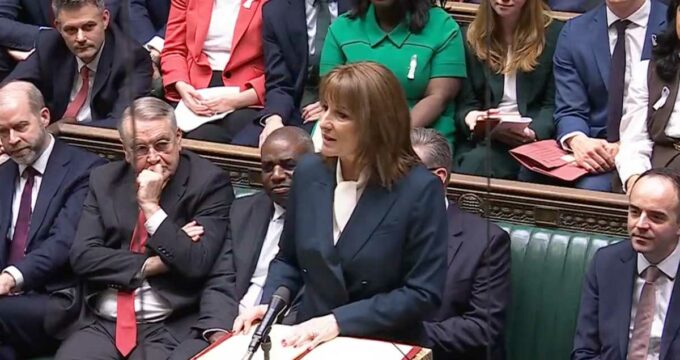US immigration review raises new concerns for H-1B and OPT programmes
- An executive order from the US President has suspended immigration to the US for sixty days
- The order has also triggered a review of non-immigrant visa programmes, including policies around the H-1B visa and Optional Practical Training programme
- Administration officials have signalled that further restrictions may be coming that could affect post-study work opportunities for foreign graduates in the US
On 22 April 2020, President Donald Trump issued a proclamation suspending entry of most new immigrants to the United States for at least 60 days (the suspension may be extended at the administration’s discretion). Of more immediate concern to international educators is that the proclamation also provides for a wide-ranging review of all non-immigrant programmes permitting temporary entry to the United States.
The presidential statement sets out that, “Within 30 days of the effective date of this proclamation, the Secretary of Labor and the Secretary of Homeland Security, in consultation with the Secretary of State, shall review non-immigrant programmes and shall recommend to me other measures appropriate to stimulate the United States economy and ensure the prioritisation, hiring, and employment of United States workers.”
In the weeks since, US officials have indicated that this review will include key programmes for international students in the US, including the H-1B visa and the Optional Practical Training (OPT) programme. Both have come under closer scrutiny in recent years with the administration signalling its concern that both may disadvantage American workers.
CNN reported this week that US officials are moving to extend immigration restrictions under the emergency measures currently in place. The network reports, “Since [the proclamation was issued], aides have been developing follow-up actions that could limit the number of [temporary] workers, which were a key exemption from the first action. Among the categories being raised are H-1B visas intended for highly skilled workers…The suspension of the Optional Practical Training programme, which allows foreign students to be temporarily employed in a job in the US related to their area of study is also being considered, according to a source familiar with the discussions.”
Such reports are backed by statements by senior government officials in the weeks since the 22 April proclamation went into effect. In a 27 April interview with Fox News, Acting Homeland Security Secretary Chad Wolf flagged the OPT programme as an area of concern for the administration. In commenting on the immigration review-in-progress, Mr Wolf said, “We’ll have a series of recommendations that we’ll be teeing up and some of those could include students on what we call…OPT, Optional Practical Training, and a lot of those are utilised by Chinese students who could potentially stay here and work. So, yes, it is a concern that the Department has highlighted.”
More recently, an 11 May letter authored by four influential Republican senators explicitly calls on President Trump to suspend the H-1B and OPT programmes. “Your Presidential Proclamation on 22 April 2020…is a good step in the right direction,” wrote the senators. “However, our guest worker programmes – which were outside the scope of that order – remain a serious threat to the US labour market’s recovery.”
“After sixty days, we urge you to continue to suspend new non-immigrant guest workers for one year or until our national unemployment figures return to normal levels, whichever comes first. That suspension should, at a minimum, include H-2B visas…H-1B visas, and the Optional Practical Training (OPT) programme.”
Current context
There is some indication that the H-1B programme has become more restrictive under the current US administration in any case. Between 2015 and 2020, the rejection rates for H-1B applications increased from 6% to 30%.
The programme is extremely popular among foreign graduates in the US and is seen as a key pathway to gaining work experience and perhaps permanent residency. Because of this, the demand for this visa class greatly outstrips the number of visas available. The US government issues 85,000 H-1B visas per year, and, in 2018 alone, it received just over 396,000 completed applications.
The H-1B is initially granted for a period of three years, and it can be renewed for a second three-year term for a maximum work period of six years following graduation. H-1Bs are awarded via a lottery system which, owing to a policy change that came into effect on 1 April 2019, now favours foreign graduates with advanced degrees from US institutions. Under the new rules, international students with advanced degrees from US higher education institutions are able to apply for one of 65,000 available H1-B visas as a first step in a two-fold lottery system, and then again – if they aren’t successful the first time – for the remaining 20,000 of the total allotment of 85,000.
The Optional Practical Training (OPT) programme, is another key channel for foreign graduates seeking post-study work experience in the US. The OPT programme has grown significantly over the past several years, so much so that OPT numbers have been helping to boost overall foreign enrolment numbers in the US over the last couple of years in particular.
The programme allows graduates to stay and work in the US for a year after graduation (or up to three years in the case of STEM graduates). The number of students in OPT rose from 203,460 in 2017/18 to 223,085 in 2018/19, a percentage increase of 9.6%. Overall programme participation has increased by roughly 300% in the past ten years.
The importance of the OPT to international recruitment to US institutions is underscored by a Pew Research finding that roughly three-quarters of all foreign graduates on OPT placements between 2004 and 2016 came from Asia. In fact, nearly half came from India and China alone — two key sending markets which accounted for more than half of all foreign students in the US in 2019.
For additional background, please see:
















